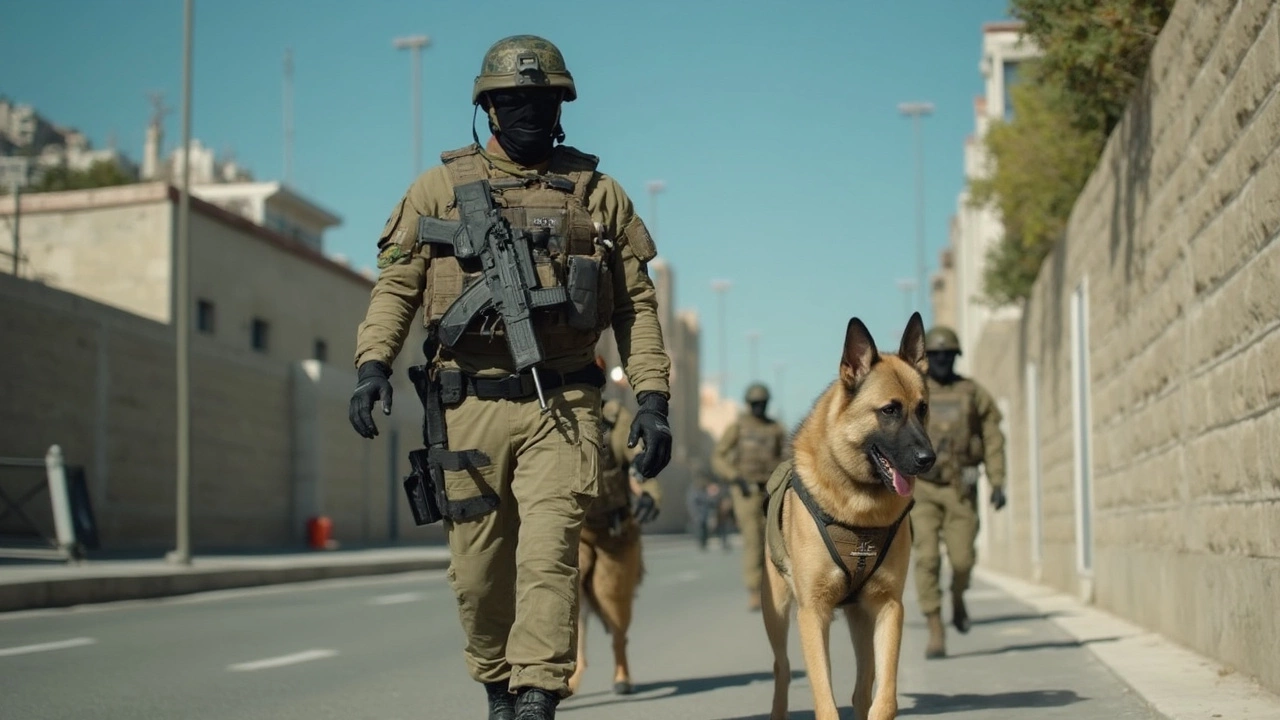Military Dogs: How These K9s Serve and Save
When you think of a soldier on the front line, you might picture a man in camouflage. But right beside many troops is a specially trained dog. These military dogs, or K9s, are more than loyal companions – they are skilled workers who can sniff out danger, track enemies, and even carry equipment. In this guide we’ll show you what they do, how they get ready for duty, and what life looks like for them and their handlers.
What Jobs Do Military Dogs Do?
Military dogs have a handful of core tasks. First, they excel at detection – a trained nose can find explosives, drugs, or hidden weapons faster than any machine. Second, they act as patrol partners, protecting soldiers by biting or barking when a threat appears. Third, they help with search and rescue, finding injured crew members in rubble or dense forest. Some are even taught to pull small carts, carrying ammo or medical kits so soldiers can move more quickly.
Training and Care for Combat K9s
Getting a dog ready for combat takes months of intense work. Trainers start with basic obedience, then move on to scent work and controlled aggression. The dog learns to obey commands in loud, chaotic environments – think gunfire, explosions, and low visibility. Physical fitness is also crucial; dogs run daily, swim when needed, and practice obstacle courses to stay strong. Handlers watch their health closely, providing vaccinations, proper diet, and regular vet checks. A healthy dog can serve for 6‑8 years before retirement.
Handlers and dogs form a tight bond. They spend most of the day together, sharing meals, gear, and even downtime. This relationship builds trust, so when a command is given, the dog reacts instantly. Many handlers say the dog becomes a second set of eyes and ears on the battlefield, and the dog relies on the handler for direction and safety.
When a military dog retires, they don’t just disappear. Most are adopted by their handlers or families, enjoying a quieter life with ample love and care. In many countries, retired K9s receive pension benefits to cover food and veterinary costs. This ensures the heroes who gave so much get a comfortable second chapter.
Curious about how you can support military dogs? Look for charities that fund training programs, sponsor a dog’s gear, or help with adoption fees for retired K9s. Even a small donation can cover a vaccine or a special harness, making a big difference for these four‑legged soldiers.
Whether you’re a dog lover, a military enthusiast, or just someone who likes a good story, the world of military dogs offers plenty of inspiring moments. From sniffing out hidden bombs to rescuing comrades under fire, these K9s prove that bravery comes in many shapes – and fur isn’t an exception.

Europe’s Military Dogs in Israel: Dutch Exports Spark Outcry Over Palestinian Attacks
Dutch company Four Winds K9 has exported over 100 military dogs to Israel, where they're reportedly used against Palestinians, including children and medical personnel. Human rights groups demand action as calls grow to stop these exports and investigate the corporate role in alleged abuses.
View more